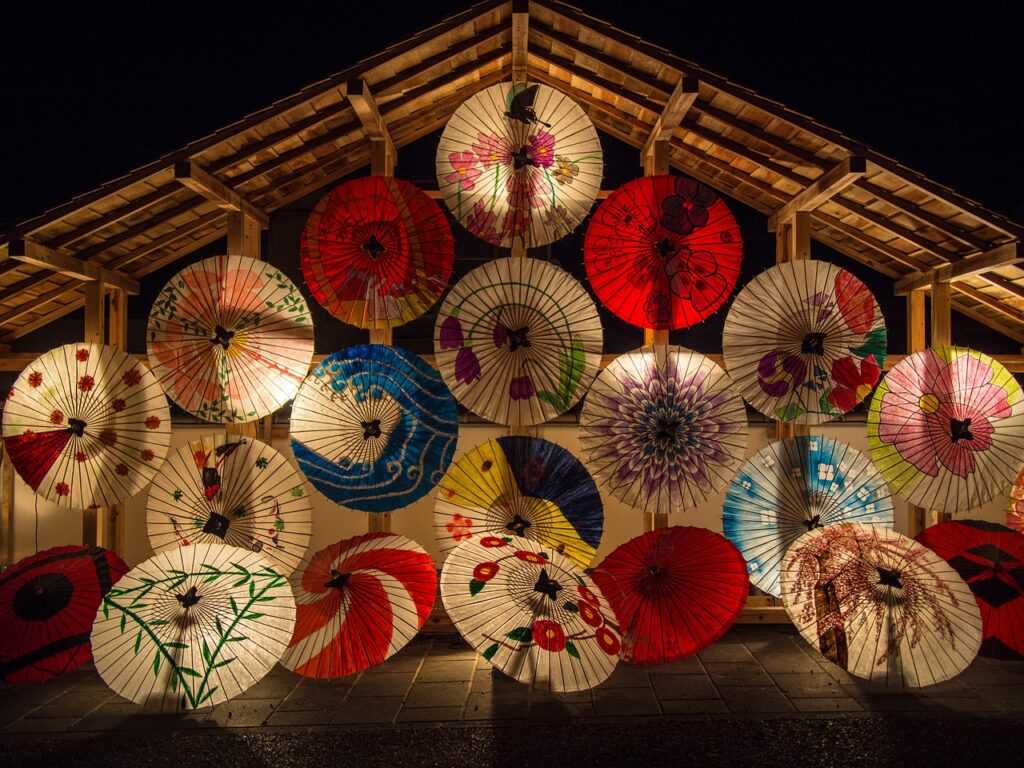3483455262: The Pattern Behind the Number
The rise of identifiers like 3483455262 isn’t accidental. Tech platforms, customer service systems, and enterprise tools all rely on randomly generated IDs to track and categorize everything from bug reports to user activity logs. The key is consistency—an identifier that can be queried, organized, and never duplicated.
But sometimes, these identifiers gain broader meaning. When enough conversations, searches, or actions start clustering around one number, people take notice. That’s likely what happened here. Something drew attention to this number. Maybe a viral post. Maybe a peculiar customer incident. Maybe somebody just liked the way it rolled off the tongue.
The Internet’s Obsession with Specific Numbers
It’s not the first time the internet has latched onto a number. From 420 to 1337, specific numerical codes develop cultural meaning over time. It can start as a joke, a misunderstood filename, a page code that leads to an easter egg—and before long, the number becomes a standalone symbol of something else entirely.
3483455262 may not have reached full cult status yet, but its repetition across platforms hints at something similar. Maybe it’s the next arbitrary number to drift from utility to meme, from system artifact to digital badge of insider recognition.
The Practical Use Case
Where things get interesting is tracing the realworld logic behind the number. Suppose you’re managing a ticketing system for a software product. You’ll assign each report a unique number for logging and retrieval. Could 3483455262 be one of these? Absolutely.
Now imagine this number represented a critical bug that took down parts of an app. The engineers oncall scrambled to resolve it. The number became etched in daily briefings, Slack messages, even incident reports. Over time, it took on a mythos. Referencing this number in conversations became shorthand for disaster recovery, resilience, and maybe a little bit of shared trauma.
Mistaken Identity and Curiosity Hits
Numbers like this also sneak into conversations due to curiosity or confusion. A quick Google search of 3483455262 returns obscure references. Maybe it’s part of a code snippet dragged into tutorials. Maybe it’s referenced in a data dump, reviewed in a forum, or tied to a nowdeleted subreddit. The randomness of internet indexing means once a number gets noticed, it stays noticed.
This perpetual halflife of visibility fuels more interaction. Search engines give it a boost because people are searching for it. Social platforms ride the mystery. And users—well, they keep asking: what is 3483455262, really?
The Human Angle
The biggest irony? Behind all these numeric tags are people. Someone might’ve received this as a reference number on their first support ticket. Maybe it’s tied to a failed order, an emotional rant, a public complaint. Numbers can feel sterile, but when they’re connected to real stories, they get weight. Humans name things because it helps us remember. When numbers get remembered, they start acting like names.
How Memes Start From Mistakes
Some of the most persistent internet memes start from bugs or unintentional design quirks. Maybe a content management system accidentally displayed 3483455262 on a userfacing page. Somebody screenshotted it. Then joked about it. Then others joined in. Meme culture thrives on this chain reaction of parody, repetition, and outofcontext reproduction.
By the time it becomes a comment punchline or a TikTok joke, no one remembers what it originally tracked. But it doesn’t matter—that’s the life cycle of digital culture. Numbers get coopted, abstracted, and redistributed. That’s part of the fun.
Why We Remember Numbers Like 3483455262
There’s a simple explanation: numbers stick, especially when they’re part of repeated exposure. Show someone a 10digit number twice and it’s forgettable. Show it to them across five platforms, in a comment thread, in a YouTube tag, and it’s suddenly interesting.
The brain is always patternhunting. So when something feels random but repeated, it creates a mental trigger: why do I keep seeing this? With enough frequency, people assign meaning—even if none exists. That’s how conspiracy theories are born. That’s also how digital folklore starts.
Maybe there’s no grand mystery behind 3483455262. But that doesn’t stop the curiosity machine.
What’s Next for This Number?
It might fade into digital noise tomorrow. Or it might gain steam and end up in a fan fiction recap, a band name, or a tshirt print. That’s entirely dependent on user behavior and a little internet randomness. Trends like these aren’t planned. They’re stumbled upon. Mining meme value out of sequence codes is weirdly normal now—and kind of brilliant.
Eventually, we stop caring where something came from and lean into what it could mean. 3483455262, like so many internet oddities, became interesting precisely because it wasn’t supposed to be.
Final Thought
Don’t overthink it, but don’t ignore it either. Keep an eye on fringe content, support ticket screenshots, quirky user IDs. You’ll catch the next 3483455262 before it goes big. Or maybe you’ll start the next one.

 Chief Marketing Officer (CMO) & Unique Author
Annamae Solanoric is the Chief Marketing Officer and a distinctive voice within the company as a unique author. Combining her passion for storytelling with her deep expertise in branding and digital marketing, she not only leads the company’s marketing strategies but also crafts compelling narratives that engage and inspire audiences. Her work as an author has been widely recognized, and she seamlessly integrates her creative vision into building the company’s brand. Annamae’s leadership in both marketing and content creation drives innovation and helps establish strong connections with clients and partners alike.
Chief Marketing Officer (CMO) & Unique Author
Annamae Solanoric is the Chief Marketing Officer and a distinctive voice within the company as a unique author. Combining her passion for storytelling with her deep expertise in branding and digital marketing, she not only leads the company’s marketing strategies but also crafts compelling narratives that engage and inspire audiences. Her work as an author has been widely recognized, and she seamlessly integrates her creative vision into building the company’s brand. Annamae’s leadership in both marketing and content creation drives innovation and helps establish strong connections with clients and partners alike.
